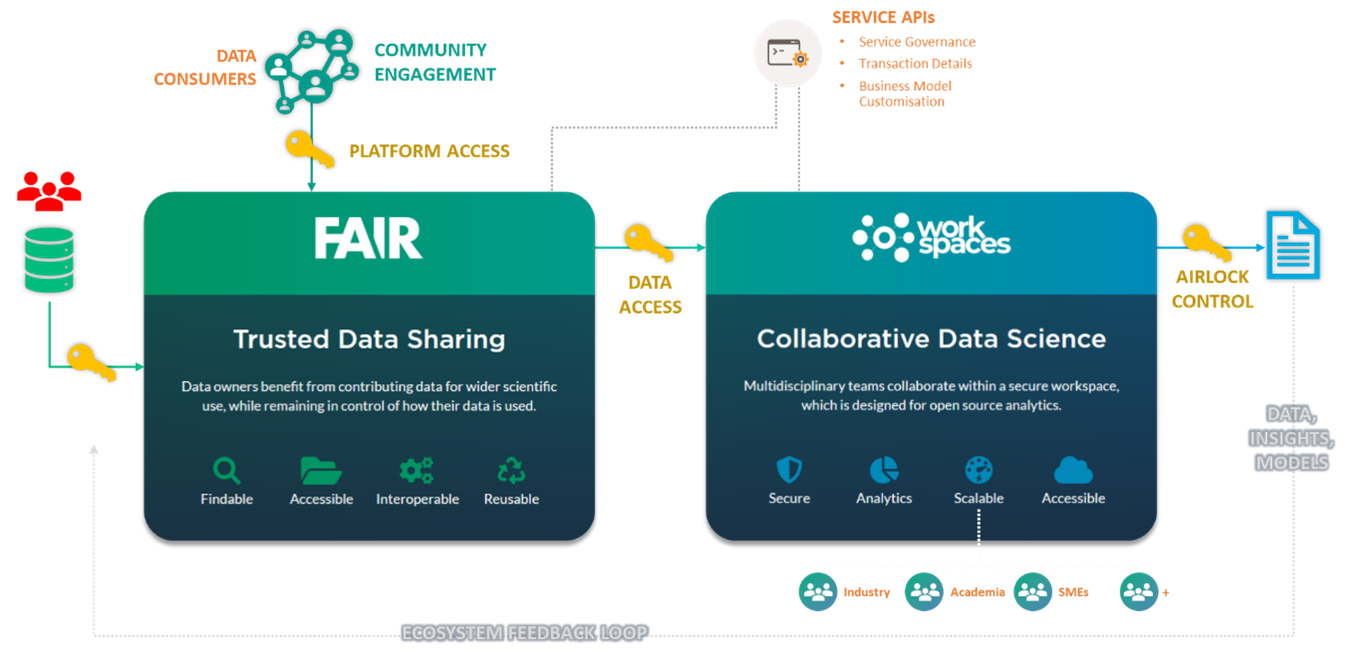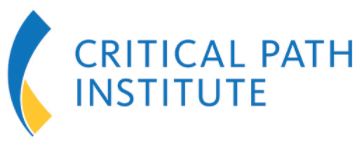Blogs & News
Enhancing Sustainability Opportunities via a DRE
Sustainability is an important consideration for many organizations seeking to continue on the path of their mission. Most of the concern is driven by uncertainty of one form or another. When we talk about sustainability, we mean multiple things (it’s not just about money). These include the following:
• Financial sustainability – tied explicitly back to the purpose and objective of the program and likely the original source of funding to initiate the effort.
• Scientific and clinical sustainability – people in for the long haul, development, and next generation.
• Business model – what is the scope of the effort, including the goals and how is the strategy defined (and measured)?
• Operational sustainability – who is running the enterprise, as well as the key players involved?
• Governance and legal structure – legal entities generally are better than loose consortia over time.
Beyond Short-Term Thinking
Different participants/organizations will have different operating cultures and different incentives; ultimately, people make this work. Too many participants, and a lack cohesion is often experienced. Too few, and the wider ecosystem may not be represented.
Quite often the initial thinking is linked to a short-term solution. Conversations can start with, ‘Practically speaking, we shouldn’t expect any contributor to sign up for a time horizon that exceeds 2 years. Current thinking might be modelled around a ‘start-up’ concept – i.e., we have a game changing mission that’s ambitious and long-term while balanced by a reality that we have a lot to do in building structure and process for the long-term while achieving tangible outcomes in the short term.’
Current thinking might be to run for two years in a consortia model with a consortia agreement binding the partners and responsibilities. There are examples where consortia models are successful but many more where they run out of gas or simply can’t keep the members engaged enough over time, especially with competing initiatives targeting the same finite resources. Potential funders often succumb to the “shiny object cliché” where, even under circumstances when a collaboration is productive or even lucrative, they are distracted by something new with greater promise/potential.

Beyond the initial two-year period, a transfer to a not-for-profit legal entity modelled as a Community Interest Company could be envisaged. The prospect may not be exactly this model, but key principles align with long-term strategy and objectives and provide flexibility to achieve those. But, what would a longer-term solution look like and how is it structured? Most importantly, what is the value add that fuels the financial model?
Establishing Value
An oft-mentioned objective in sustainability planning is the intention to demonstrate value creation. Value creation is the act of putting something out in the world that has some level of usefulness for other people. A business must create value to earn revenue from its products and services. Value creation can be said to be the act of providing something that people will want or find useful in some way. In the context of life sciences, value creation may be attached to knowledge and/or data sharing or targeted deliverables associated with a specific research collaboration (e.g., assay, algorithm or tool development). Even under circumstances where the initial effort/project was well defined and the governing parties achieved the planned milestones and goals, there may not be a guaranteed path forward to sustainability without value creation. This is especially true when value creation for a different audience is required for sustainability.
The bottom line is, the more customers perceive a product or service to be valuable, the more they will buy it. Understanding the basic meaning of value is critical for any business owner or entrepreneur because value creation is at the heart of a company’s success. What determines value? There are three things that typically affect a product’s perceived worth: utility, rarity, and egoism. Ironically, organizations that receive grant funding or seed funding for proof-of-concept innovations are often tasked with demonstrating such worth by the end of their funding cycle. Part of the challenge to organizations engaged in sustainability planning is to be able to communicate and/or advertise their value proposition.
How the DRE enhances opportunities
The Aridhia Digital Research Environment (DRE) provides a mechanism for organizations seeking to establish value creation via data, models, tools, and other solutions stored in a secure, cloud-based environment. The DRE as a secure end-to-end biomedical research facilitation platform, connects data owners to researchers in a controlled and audited manner, ensuring data owners are always in control of how their data is used, who it can be used by, and what it can be used for. In the references we cite several recent blogs from our staff illustrating the value of the DRE for various purposes and also considerations on building versus buying, as many organizations with large IT departments are convinced they can build their own saving both time and money. In reality, few occasions yield the desired outcomes due to uncommitted resources, scope creep, poor planning or cost and timing underestimation. The figure below contains a flow diagram from which the DRE value proposition can be realized.

Flow diagram illustrating the interaction of FAIR and Workspaces services to meet the needs of data customers and promote community engagement from a DRE implementation, implicitly creating value for the ecosystem.
Given the implicit goal of many DRE implementations is to establish high-quality data stores and solutions constructed from data that can be used with high fidelity, value is easy to establish. Recouping costs can be managed in a variety of ways including fee-for-service, access membership and/or consortia models based on collective and shared research interests. Many existing customers implementing the DRE are already doing this, with more considering such options. The Critical Path Institute in particular has benefitted greatly from implementing the DRE as the backbone of their RDCA-DAP platform. Specifically, RDCA-DAP’s value proposition lies in the following features of the DRE:

• Research on C-Path DAP offers security, auditability, transparency, and sector partnership with C-Path.
• Data on the platform is made available to researchers in accordance with contribution agreements.
• Data access requests are processed with automated rules and fully audited.
• C-Path actively works to curate, standardize, and enrich data so it can be as useful and ‘FAIR’ as possible.
• We encourage sharing and collaboration, so data is not siloed and makes a difference to patients’ lives.
• No data or results can be exported from the system without C-Path review and output checking.
• Data is securely hosted in West Europe on Azure and certified to ISO 27001, ISO 27701 (GDPR), and HITRUST.
• Relationships with global academic and industry researchers is enabled and fostered.
Similar value propositions can be shown for other DRE implementations including the Alzheimer’s Disease Data Network – AD Workbench and International Covid-19 Data Alliance – ICODA Workbench.
These implementations could be further enhanced and automated to illustrate the value proposition and build upon the ROI (return on investment) with the DRE. Options for including more out-of-the-box resources within FAIR and Workspaces services are possible, as are the addition of virtual machines (VMs), accommodating specification and complexity. Additional technical engineering consulting or support is available as needed. There is also the possibility of differentiating costs based on individual partner requirements. In the end, there is tremendous flexibility to put forward a ‘Pay of Play’ economic model that supports financial stability and sustainability based on an established value proposition that can grow and evolve over time. Aridhia staff members are available to assist in this regard, of course.
Why struggle with sustainability when you’ve created value? Expanded opportunities for continuing an existing research agenda can be realized by using the DRE as part of your organization’s sustainability planning.
May 16, 2024
Jeff Barrett
Dr. Jeff Barrett is the Chief Science Officer at Aridhia promoting healthcare and life science partners to collaborate, access and share secure data to deliver better patient outcomes. Before Aridhia, he was Senior Vice-President at the Critical Path Institute serving as the Executive Director of the Rare Disease Cures Accelerator, Data Analytics Platform. Jeff was previously Head of Quantitative Sciences at the Bill & Melinda Gates Medical Research Institute. Prior to MRI, he was Vice President, of Translational Informatics at Sanofi Pharmaceuticals. Jeff spent 10+ years at the University of Pennsylvania where he was Professor, Paediatrics and Director, Laboratory for Applied PK/PD at the Children’s Hospital of Philadelphia.
